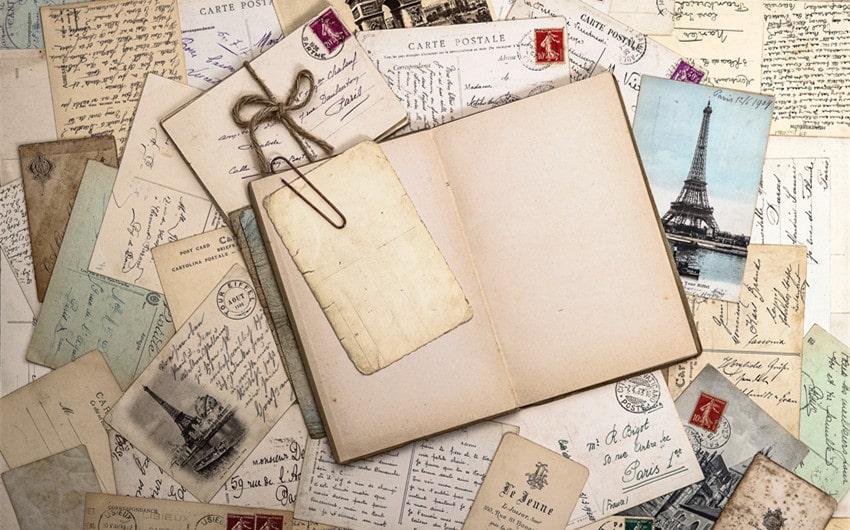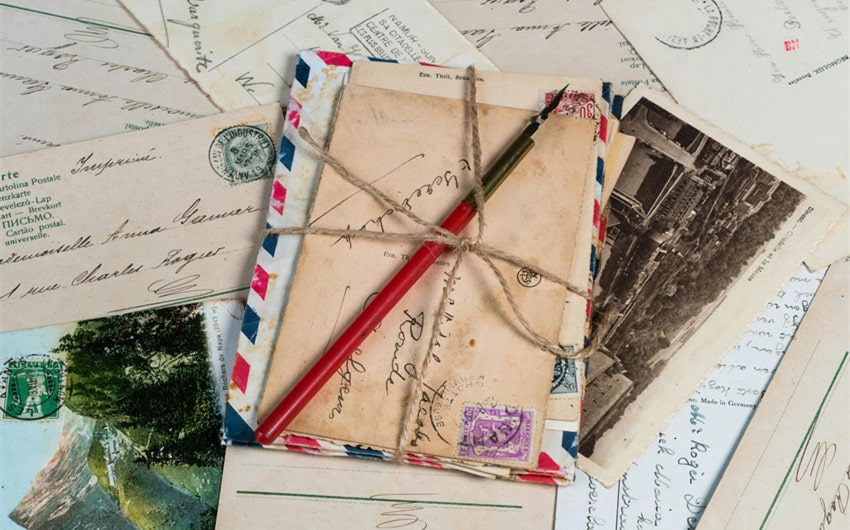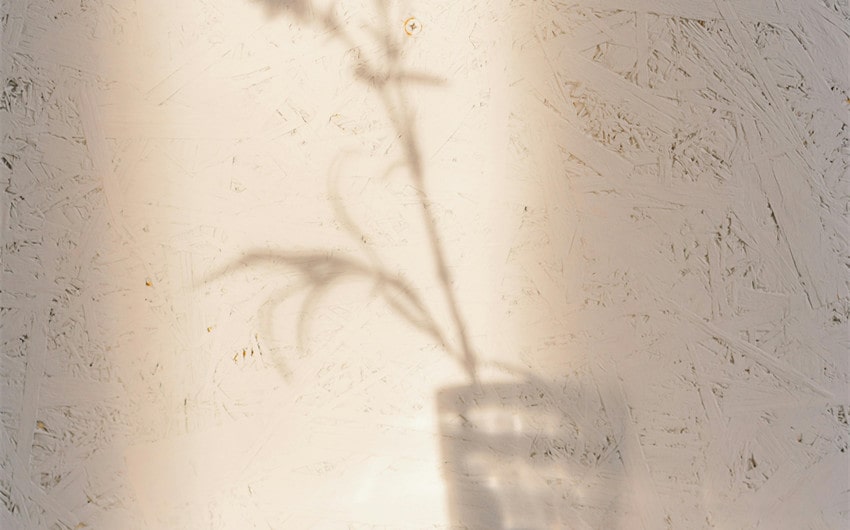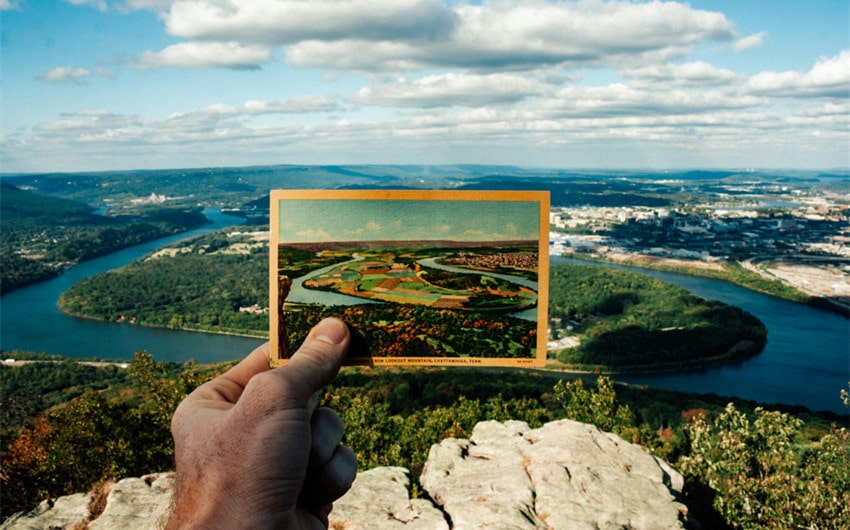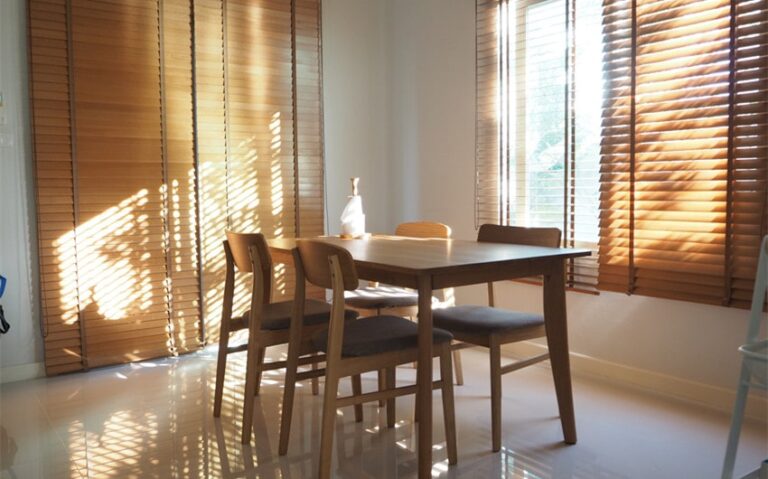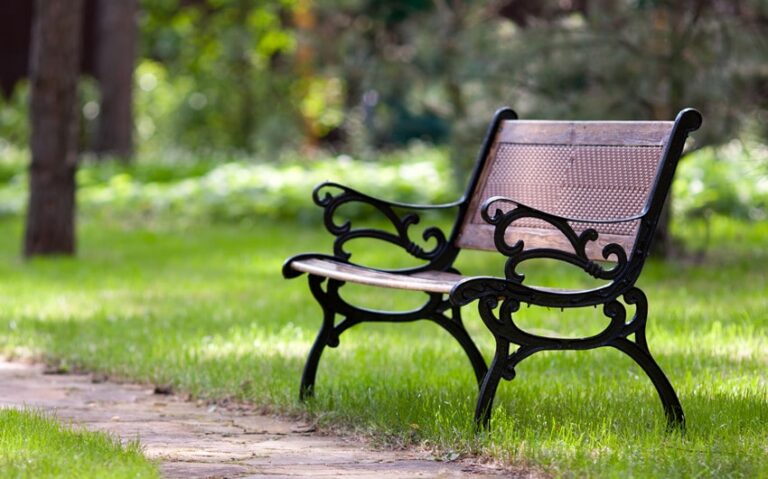How Vintage Postcards Taught Me to Slow Down
It started with a single postcard—faded edges, looping cursive, a quiet scene of a place I’d never been. I found it tucked in a dusty antique bin, and something about it made me pause. In a world of pings and scrolls, this little card felt like a whisper from another time.
Holding it, I imagined the slowness of its journey, the thought behind each word, the wait for its arrival. That moment, simple as it was, stirred something in me. It was the beginning of a quiet lesson I didn’t know I needed: how to slow down and truly see.
The Charm of Slowness in a Fast World
We live in a world of instant messages and quick replies—where communication is fast, fleeting, and often forgotten as quickly as it’s sent. But vintage postcards belong to a slower era. Each one carried not just a message, but intention. Someone had to choose the card, write carefully within its tiny space, walk it to a mailbox, and wait days or even weeks for it to arrive.
Spending time with these postcards has reminded me how much beauty lives in slowness. They invite you to pause, to savor, to imagine. There’s no rush in their world—only the quiet patience of something meant to last. And in a time where everything moves fast, that kind of pause feels like a gift.
The Art of Observing Details
There’s something magical about holding a vintage postcard in your hands—the texture of aged paper, the softened corners, the smudged ink where a hand once pressed too hard. The handwriting, often elegant and looping, tells its own story before you even read the words. The images on the front—sun-washed beaches, bustling city streets, serene countrysides—feel like tiny time capsules, rich with mood and memory.
As I spent more time with these postcards, I found myself slowing down to truly see them. Not just glance, but observe. That habit began to spill into the rest of my life. I noticed shadows dancing on my wall, the quiet hum of my kettle, the way light catches dust in the afternoon. The postcards trained me to pay attention—not just to them, but to everything. They taught me that the smallest details often hold the most meaning, if we’re willing to pause long enough to notice.
Imagining the Stories Behind Them
Every vintage postcard holds a whisper of a life once lived. Sometimes it’s a cheerful message—“Wish you were here!”—scrawled in hurried script. Other times, it’s more cryptic: a half-finished sentence, an inside joke, a card sent with no return address. I’ve found postcards postmarked in the 1920s, with messages that hint at family visits, budding romances, long journeys, or quiet vacations by the sea. These tiny glimpses into someone else’s moment in time often leave me wondering about the lives behind the ink.
And that’s part of the magic. I find myself filling in the blanks—imagining the sender, their voice, their reasons for choosing that card. Who were they writing to? What were they hoping to say in those few limited lines? Did the recipient tuck it away in a drawer, rereading it now and then? Or did it end up lost, only to be found by someone like me?
This gentle act of imagining slows me down in the best way. It invites empathy, creativity, and a sense of human connection that stretches across decades. Through these fragments of the past, I’ve come to realize that storytelling doesn’t always require all the answers. Sometimes, the wondering is the story—the quiet curiosity that turns an old postcard into something timeless.
Collecting as a Form of Meditation
There’s a calm, almost meditative rhythm to collecting vintage postcards. It starts with the slow browsing—flipping through old boxes at flea markets, scanning shelves in secondhand bookstores, or stumbling upon a forgotten stack in a thrift shop. It’s not a rushed hunt. It’s a quiet search guided by intuition, a feeling, a spark of connection.
When I find a postcard that speaks to me, I pause. I study its image, its wear, its message. It’s not just about owning the object—it’s about honoring the moment it captures. Bringing it home, I gently add it to my collection, sometimes cataloging the date or story behind it. The whole process becomes a ritual—one rooted in stillness and presence.
Collecting in this way isn’t about volume or rarity. It’s about intention. Each postcard feels like a little piece of soul I’ve rescued, a pause button in a fast-moving world. And in that pause, I find peace. Just like meditation, this practice centers me. It invites me to breathe, reflect, and remember that life’s meaning is often found in the smallest, simplest things.
Letting the Past Whisper to the Present
Vintage postcards have a way of gently reminding me that life doesn’t need to be rushed. Their faded colors and handwritten notes seem to whisper, “Slow down. Be here.” In a time when everything is instant—messages sent in a blink, updates delivered by the minute—these cards carry a different energy. They come from a world where communication took time, where people paused to choose their words, where waiting was part of the experience.
Each card I hold connects me to that slower rhythm. It reminds me that someone once sat down to write a message by hand, knowing it would take days to arrive, and that was enough. There’s something deeply comforting in that pace, something almost sacred in its patience. It encourages me to approach my own days with more presence, to make room for the in-between moments, to trust that not everything has to happen right now.
These postcards may belong to the past, but their lessons are timeless. They invite me to listen, to notice, and to carry a little of their quiet grace into the present. And in doing so, I’ve learned to live just a bit more slowly—and a lot more fully.
